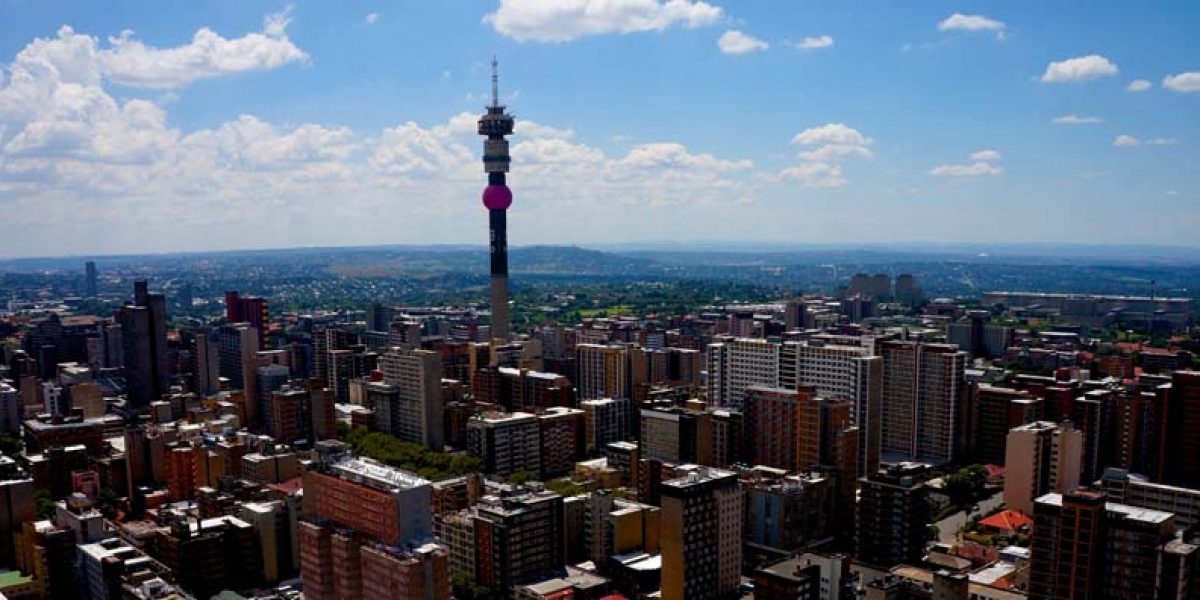‘Our transformation will be built through economic participation, partnerships and mobilisation of all our capacities.’ said ex-Minister Pravin Gordhan, during his 2017/18 budget speech. At the heart of Gordhan’s proposed strategies to further inclusive economic development, with the help of the private sector, lies the potential of South Africa’s cities to stop dividing people and instead act as the agents of transformative economic growth. It is here, in cities, that South Africa has the opportunity to break the patterns that have led to its current inequalities, by, for example, rethinking urban planning to address unemployment, economic exclusion and marginalisation. But before cities can create change in South Africa, we must change the way we think about them.
South Africa’s National Development Plan (NDP) reflects an increasing focus on cities as potential agents for growth. Furthermore, the ANC’s 2017 Economic Transformation Discussion Document defines inclusive economic development as a process aimed at changing South Africa’s economic structure from an exploitative exporter to an inclusive enabling environment where manufacturing will improve the livelihoods of all South Africans. Regardless of the importance Gordhan’s speech placed on cities, the current discussion paper on Radical Economic Transformation neglects to touch on cities, beyond quoting the NDP.
South Africa’s current policy thinking is ill-suited for reimagining cities as ideal catalysts of inclusive growth. Past policy approached rapid urbanisation (here referring to the gradual increase in the proportion of urban versus rural populations) as an obstacle to Africa’s sustainable development. As highlighted by the UN’s New Urban Agenda, as well as discussions which emerged from the 7th Africities summit, there is a need for policy to move away from this narrative and take advantage of the opportunity which urbanisation provides Africa with.
The inevitability of this urbanisation in South Africa is highlighted by the NDP, which estimates that urban populations will grow by 10% every two decades. What will determine our success in using cities to effect inclusive economic development is whether we approach this urbanisation as a problem or opportunity. Should we fail to reshape our thinking on urbanisation, South Africa’s cities will continue to be costly, crowded, and disconnected.
According to the World Bank’s recent report, Africa’s Cities: Opening Doors to the World, African cities are costly because most of their inhabitants pay more for transport, housing, food, and access to internet than cities elsewhere in the world (transport accounts for 20% of South African households’ expenditure, as opposed to 14% in the UK- furthermore South Africans in the lowest income quintile are forced to use the most expensive mode of transport- informal taxis). Cities are crowded, with populations forced to live in urban slums to be closer to jobs – yet not close enough to avoid spending a significant share of their income on transportation. This pushes the marginalised to isolated, dense urban peripheries which, due to the legacy of apartheid, are often crowded with people rather than jobs. This does not bring people closer together, it disconnects them.
The result is entrenching and exacerbating dual economies, one a modern service-driven economy in large part accessible to a privileged minority, the other an informal economy prevented from realising its potential as a result of this legacy of marginalisation. South Africa’s contemporary urban landscape is characterised by dense, disconnected, and poor urban peripheries (like Soweto or Diepsloot); urban cores that lack the financial and/or human resources to support their maintenance and inclusive development (like Hillbrow, Yeoville and Jeppestown); and between them exclusive pockets of prosperity (like Westcliff or Fourways).
Some South African cities are making efforts to address these inequalities and divisions by building stronger internal linkages through improving public transport, providing free Wi-Fi, and lobbying investors to pursue inclusive urban development. Examples include Johannesburg’s Corridors of Freedom Project, Pretoria and Johannesburg’s Bus Rapid Transit Systems, and Cape Town’s success in attracting large amounts of sustained investment. All of these initiatives have necessarily included partnerships between national, provincial and local governments, with significant private sector support and funding. Building on these successes, regional organisations such as the AU and SADC must also foster linkages with diverse stakeholders including local and provincial governments.
Beyond strengthening internal linkages, South Africa’s cities must also build stronger linkages with other cities in the region, as economies are increasingly clustering around mega-corridors with cities as hubs. Such linkages will allow for the development of Regional Value Chains (RVCs). For example, the Maputo Corridor connects landlocked Gauteng, Limpopo and Mpumalanga provinces with the port of Maputo in an effort to foster regional trade links, bringing export opportunities for currently economically isolated areas. Naturally, urban infrastructure needs to be developed so that cities become attractive for such investment.
It is undeniable that cities hold the promise of unlocking development and economic opportunity for South Africa. But if this rapid urbanisation is not met with adequate governance and considered urban planning, poverty, instability and unemployment will increase exponentially. South Africa stands at the crossroads of a once in a lifetime opportunity to get urbanisation right. What we allow cities to do next will either put us on the path towards inclusive economic development or lock us into a low development trap. We need to fix South Africa’s cities and the economy will follow.








